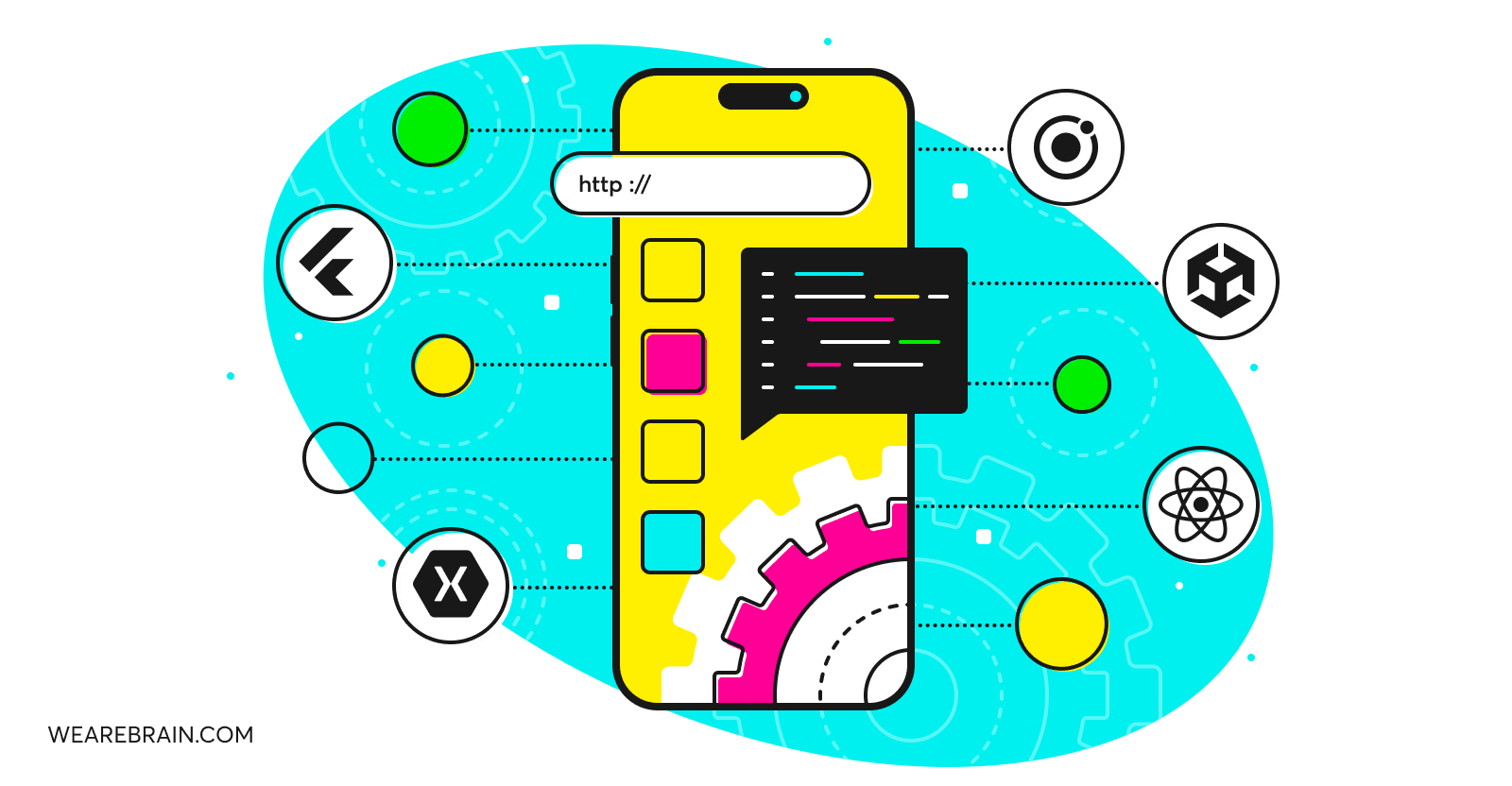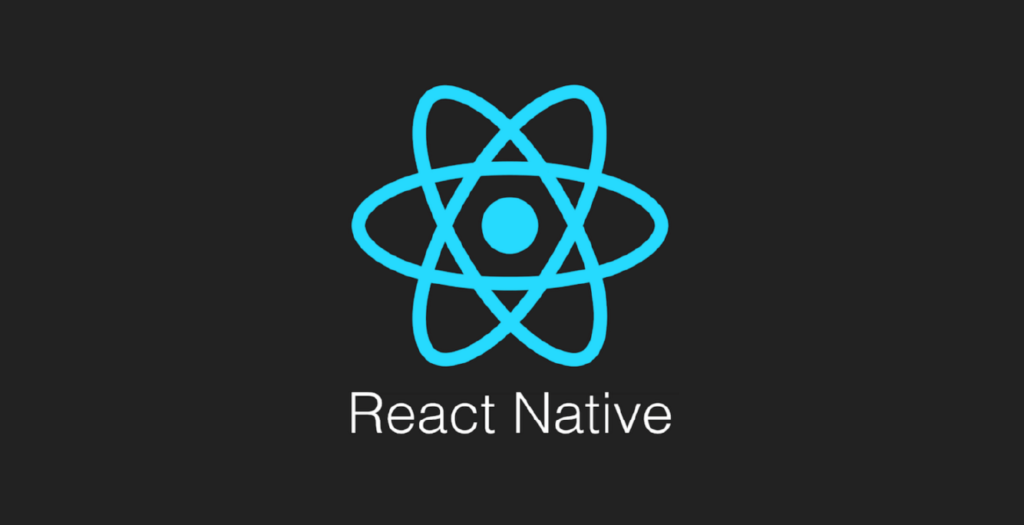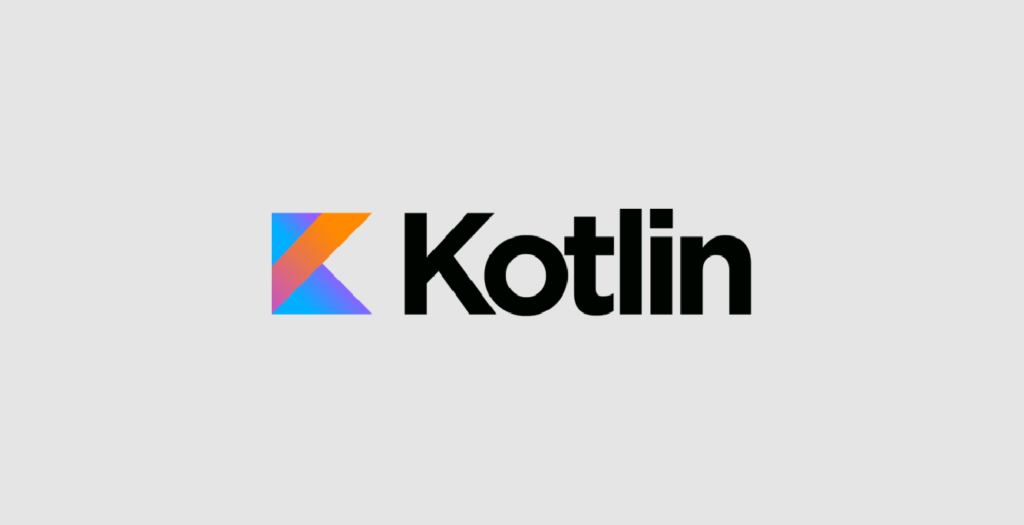The best framework for mobile apps in 2025

The mobile app development landscape continues to burst with opportunities and complexity. As businesses look to further engage users across multiple devices and platforms in 2025, developers are faced with a crucial decision: which development approach will deliver the best results? Understanding the best mobile development frameworks is key.
Should they go native for optimal performance and smooth UX? Or should they embrace cross-platform frameworks to save time and money?
This guide will break down the most significant considerations for mobile development platforms in 2025. We’ll also explore the pros and cons of both native and cross-platform approaches—because choosing the right path feels a bit like picking between tea and coffee: you need to know what will give you the right buzz.
Native vs cross-platform mobile development
The two major routes for mobile development today are native and cross-platform. Each option has unique advantages and limitations, and your choice will depend on your project’s needs, budget, and deadlines.
Native development means building separate apps for iOS and Android using their respective languages and tools—Swift or Objective-C for iOS, and Kotlin or Java for Android.
With cross-platform frameworks, you can write a single codebase that works across both iOS and Android. While this sounds like a dream come true, it comes with trade-offs.
Let’s dive into the pros and cons of native vs cross-platform development.
Native development pros
- Optimal performance: Native apps have the edge when it comes to speed and responsiveness. There are no translation layers to slow things down.
- Full access to device-specific features: Native apps can leverage features like cameras, GPS, and sensors effortlessly.
- Superior user experience (UX): Apps built natively feel smooth, responsive, and are tailored to each platform’s UI guidelines (e.g., Apple’s Human Interface Guidelines).
Native development cons
- Higher development cost: Separate teams or skill sets are needed for Android and iOS development.
- Separate codebases: Managing two codebases requires more effort for maintenance and updates.
- Longer development time: Since you are building two apps independently, projects often take longer to complete.
Essentially, native development gives you lightning-fast performance, full access to all the cool device features (like cameras and GPS), and a top-notch user experience that feels just right on each platform.
The catch? It’s pricey, since you’ll need separate skills/people for iOS and Android. Juggling two codebases can feel like herding cats, making updates a bit of a hassle. And yes, things take longer—because you’re essentially building two apps from scratch.
Cross-platform development pros
- Single codebase for multiple platforms: Write once, run everywhere. This approach simplifies development.
- Lower development costs: Since you’re only managing one codebase, fewer resources are needed.
- Faster updates and easier maintenance: Debugging and deploying changes becomes quicker and more efficient.
Cross-platform development cons
- Performance limitations: While frameworks aim to be near-native, some apps may not match the performance of a purely native build.
- Limited access to native features: Frameworks may not support every native function, and workarounds can be clunky.
- Compromised UX: There’s a risk that the app won’t feel as polished as a native one, especially on iOS.
Cross-platform development lets you write one codebase and use it across multiple platforms—saving time, effort, and cash. With fewer resources needed, maintenance is easier, and updates roll out faster too.
But, performance can sometimes lag behind native apps, and not all device features are as easy to tap into (cue the awkward workarounds). Plus, the user experience might not always feel as smooth, especially for those picky iOS users.
Cross-platform development frameworks: Which is best?
The cross-platform development ecosystem is packed with options. Let’s explore the top mobile development frameworks developers are gravitating toward as we head into 2025 and compare them based on performance, native feature access, UX, development cost, speed, and community support.
1. Flutter

Developed by Google, Flutter is a popular cross-platform framework known for delivering near-native performance with beautiful, customisable UI components. Its hot reload feature makes development lightning-fast, allowing developers to see changes instantly.
- Performance: Almost native-level performance, thanks to Dart compiling directly to machine code. However, it is a larger app size compared to other frameworks.
- Access to native features: Strong support, but some advanced native integrations may require additional plugins.
- UX: Offers highly customisable widgets that mimic native components which create gorgeous apps that feel smooth on both iOS and Android.
- Development cost: Cost-effective, particularly if you’re targeting multiple platforms.
- Development speed: Flutter’s hot reload feature allows developers to instantly see code changes, speeding up development.
- Community and ecosystem: Rapidly growing community with extensive documentation and plugins available.
2. React Native

The Meta brainchild is a widely used framework that enables developers to build mobile apps using JavaScript and React. It offers solid performance and reusable components, though complex animations may not be as smooth as native apps.
- Performance: Very good, though not quite on par with native apps in some areas. Heavy apps may struggle with animations or graphics.
- Access to native features: Many native modules are available, but developers might need to bridge gaps manually for some functionalities.
- UX: Solid, though UI components can sometimes feel slightly less native on iOS.
- Development cost: Relatively low, especially if you already have JavaScript developers on board.
- Development speed: Fast, with React Native’s hot reloading and reusable components speeding things up.
- Community and ecosystem: Massive community support and lots of open-source libraries available.
3. Kotlin Multiplatform Mobile (KMM)

Kotlin Multiplatform Mobile, developed by JetBrains, is gaining traction as a powerful framework that allows developers to share code between iOS and Android while maintaining native performance. It’s particularly appealing for teams already invested in the Kotlin ecosystem.
- Performance: Excellent performance that closely matches native applications since Kotlin compiles directly to native code for each platform. The shared code runs with minimal overhead.
- Access to native features: Strong native integration capabilities, with direct access to platform-specific APIs. The framework allows developers to write platform-specific code when needed while sharing common business logic.
- UX: Delivers truly native user experiences since the UI layer typically remains platform-specific, ensuring each app feels authentic to its platform’s design guidelines.
- Development cost: Moderate initial investment, especially if transitioning from an Android-only environment. However, long-term costs decrease as more code is shared between platforms.
- Development speed: Initial development might be slower compared to other cross-platform solutions due to the learning curve and setup time. However, maintenance and feature development become faster once the shared codebase is established.
- Community and ecosystem: Growing community support with strong backing from JetBrains and Google. While newer than Flutter or React Native, it benefits from Kotlin’s mature ecosystem and extensive Android development community.
So, what’s your best choice for 2025?
Choosing the right mobile development platform in 2025 depends on your app’s needs, budget, and timeline. If you need top-tier performance and don’t mind the extra cost, native development remains the gold standard for delivering exceptional user experiences.
However, if you’re looking to build an app quickly and want to target multiple platforms efficiently, the cross-platform landscape offers compelling options. Flutter shines with its beautiful UI components and near-native performance, making it ideal for visually rich applications. React Native provides a comfortable transition for web developers and offers extensive community support. For teams already working with Kotlin, KMM presents an excellent middle ground, allowing code sharing while maintaining true native experiences.
Pro tip: Consider how your mobile framework choice aligns with your web development strategy—many modern frameworks like React Native pair seamlessly with their web counterparts, creating a unified development experience. Explore our guide on web development frameworks to build a cohesive cross-platform strategy.
The key is to align your choice with your team’s expertise, project requirements, and long-term maintenance considerations. The mobile development world evolves rapidly—choose a framework that not only meets your current needs but also positions you for future growth and innovation.
Happy coding, and may your builds be swift and stable! 🚀
Get in touch to arrange a brainstorm.
Dmitry Ermakov
Working Machines
An executive’s guide to AI and Intelligent Automation. Working Machines takes a look at how the renewed vigour for the development of Artificial Intelligence and Intelligent Automation technology has begun to change how businesses operate.







